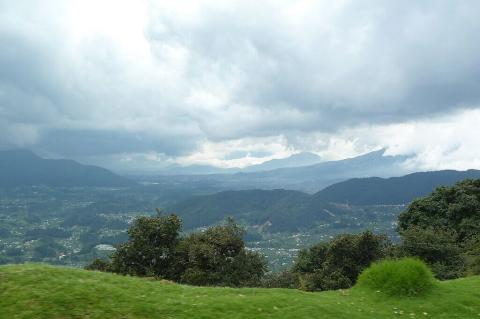Patagonia: Geographic Region (Argentina, Chile)
Patagonia is a distinct geographical region at the base of South America, spanning the southern areas of Argentina and Chile. Sparsely populated, Patagonia is known for its arid plains, breathtaking mountain vistas, lakes, glaciers, and bountiful, diverse wildlife.




